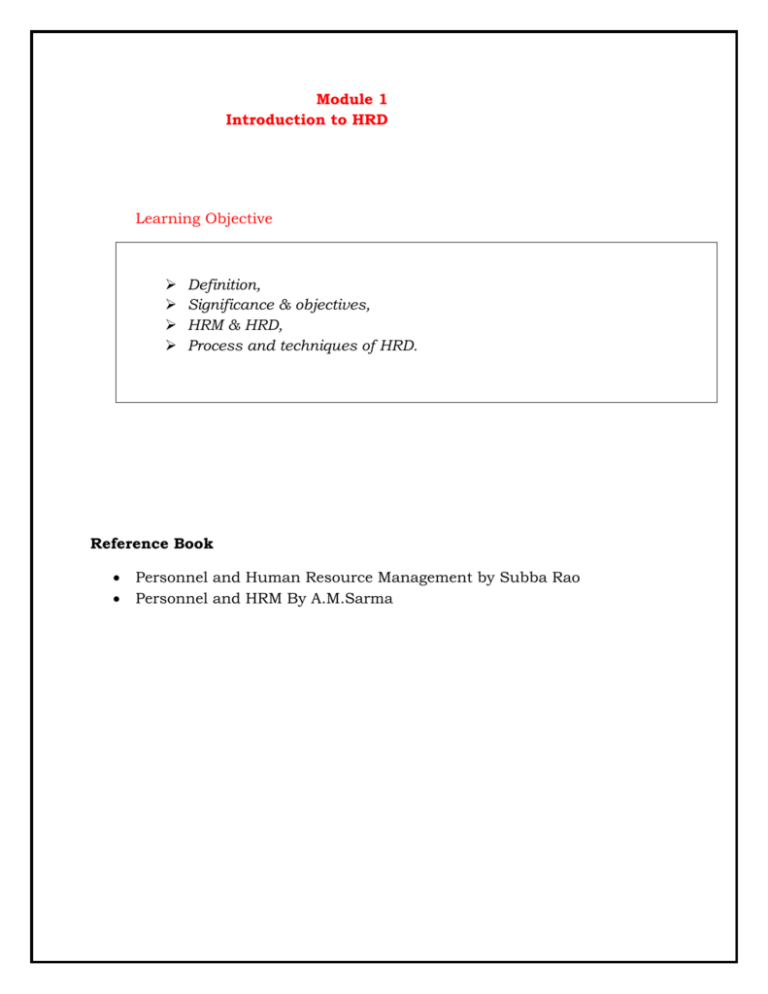

Therefore, HRD is a key element for solving problems in the organisation. These problems can be solved only by knowledge, skill and creative efforts. These problems are caused due to the economic, technological and social changes. Now-a-days an organisation faces many different problems. HRD uses all these subjects for training and developing the employees. It uses education, management, psychology, communication, and economics. That is, it uses many different subjects. It also advises them about how to increase their strengths and how to remove their weaknesses. It informs the employees about their strengths and weaknesses. HRD conducts Performance Appraisal, Potential Appraisal, etc. So HRD helps the employee to grow and develop in the organisation. It informs them about future promotions and how to get these promotions. It helps the employees to plan and develop their careers. HRD also involves career planning and development of employees. It also solves problems of absenteeism, internal conflicts, low productivity and resistance to change. OD tries to maintain good relations throughout the organisation. HRD also involves Organisational Development. It also prepares them for future higher jobs. It makes them more efficient in their present jobs.

It improves their qualities, qualifications and skills. HRD involves training and developing the employees and managers. The nature / scope / characteristics or features of HRD are as follows :. A well-planned human resource information system helps a company manage its employees with better decision-making so that happier employees can perform well with greater peace of mind.Features of Human Resource Development HRD.In small to medium-sized organizations, an individual manager tackles the majority of these responsibilities for the staffing function or there may be an HR team overseeing every HR-related issue. Human resources management is a significant part of every HR Manager's job. HRIS provides HR Managers with information, policies, and procedures necessary to properly handle the issues listed below. It includes a large number of subsystems that address and aid the information needs of various human resource functions.

HRIS refers to a system that supports the control, coordination, administration and management of the employees in an organization. The database that stores these data, is HRIS or HRMS. It includes the activities of human resources planning, recruitment, selection, orientation, training, performance appraisal, compensation, and safety. Human resources management is the staffing function of the organization.

A Human Resource Information System (HRIS), also known as Human Resources Management Systems (HRMS), is an integrated computer database system used to gather, store, maintain and retrieve relevant information related to the employees and Human Resource (HR) to permit high-quality and well-informed planning and decisions.


 0 kommentar(er)
0 kommentar(er)
